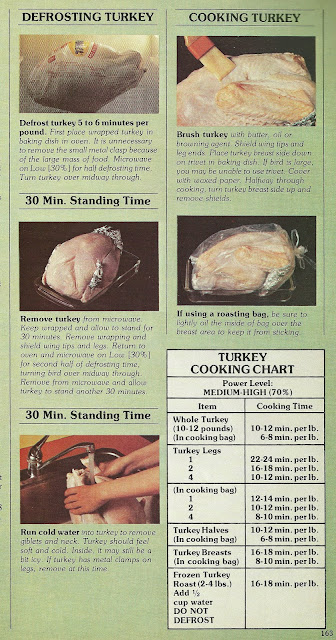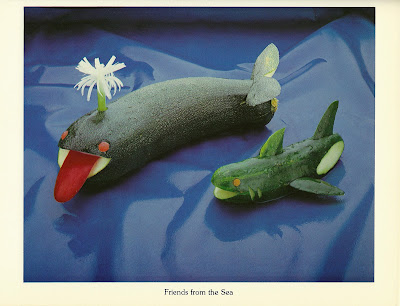Imagine the scene: Hampton Court Palace, 1524. Henry VIII is hanging out with the Missus when the mail boy knocks on the door with a package. It’s from a Mr. Hull of Exeter — a box of marmalade. It delights Catherine, who is Spanish, after all, and misses the taste of home. Henry wonders if all that sweet orange jelly will put her in the mood, but doubts it. He wants a son, badly, but so far, his wife has not obliged. They’ve been married 16 years, and the doldrums have set in. She opens a jar and dips her spoon in, then beckons her ladies-in-waiting to try it too.
He keeps looking instead at one of them, a stunner named Anne. She dips her finger right in the jar and sucks the marmalade off it, then licks her lips, looking straight at him. He’s been seeing her sister on the side, but from the way this brunette vixen is acting, he thinks maybe he’ll switch sisters. He is the king after all, and only 33; not yet grotesquely obese and out of shape. She softly mouths the words “Hello hey Joe, you wanna give it a go?”
Later that night, he summons her to his chambers to see what she’ll do in private. “Voulez-vous coucher avec moi, ce soir?” she asks, coyly. “Gitchi gitchi ya ya here,” he replies, reclining on his black satin sheets, and sure enough, she does. He freaks. Her skin feels silky smooth, and because she’s been out in the sun, it’s the color of café au lait. She makes the savage beast inside him roar until he cries “more, more more!”
He calls her Lady Marmalade.
------------------------------------------------------------------------------------------------------
Marmalade first entered the language in 1480, from the French, “marmelade,” which was from the Portugese, “marmelada.” In Portugal, a jelly was made from quinces, “marmelos,” which had lent its name to all jams and jellies in Italy, “marmellata.”
This recipe is from the late 1600s, nearly a century after Henry’s reign. By then, oranges had become widely available, and the Lowther family receipt book opens with several pages of varying recipes for marmalade, many of them made from quince. This was the era when Nell Gwynn started out selling oranges at the theater and became the mistress of Charles II. When he died without an heir, turmoil brought William of Orange to the throne in 1688.
Exactly 450 years after Henry and Catherine received their gift of marmalade, Patti Labelle sang “Lady Marmalade.”
The Lowther Family Receipt Book, MS 3341, late 17th century















































